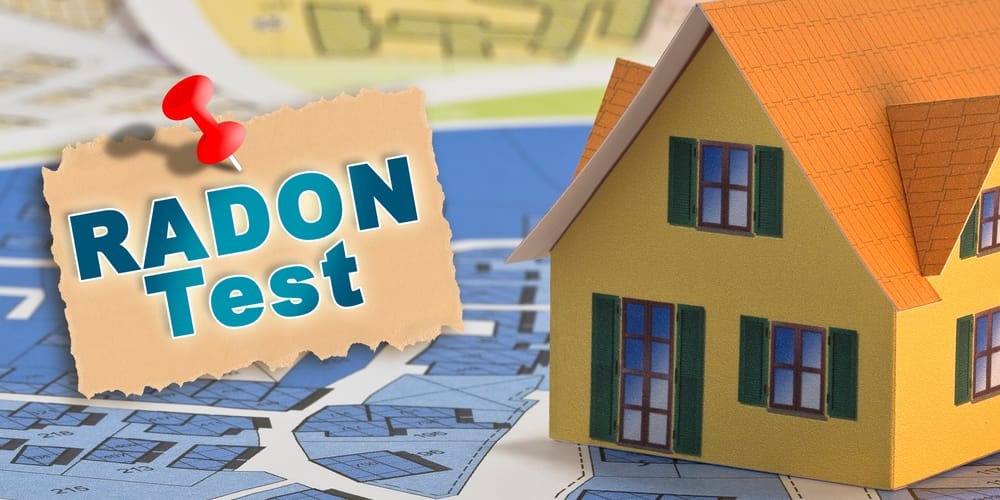A home inspector is a vital entity in any home purchase setting, and actually provides value in more than one area. Not only will the inspector identify any issues with the home and allow the buyer to present these to the seller for remediation as part of the sale agreement, the inspector often plays a major role in helping the homebuyer learn where various systems or fixtures in their new home will be, plus how they work and how they should be considered.
At Aerolite Consulting, we’re proud to offer robust home inspection services that check both these boxes, identifying concerns for our clients while also informing them of the location and features of various important home fixtures. One set of features that your inspector will generally note on your inspection report, both in terms of location(s) within the home and any issues that have arisen: Shutoff valves, which are vital in case of emergency for preventing flooding and water damage if a leak or pipe burst occurs. What are the different shutoff valves that may be found in a home? Here are several your inspector may identify for you.
Stop Valves
Also known as glove valves, stop valves are meant only for water, and are found typically in bathrooms and kitchens, where leaks may be most likely. The valve is typically located near the fixture (sink, shower, etc.) to which it belongs and should only shut off that specific fixture’s water supply.
To know if a stop valve is open or closed, simply place your hand on it. If it is cold to the touch, then the water is off for that fixture (and remember to turn on hot water first if you’re trying to fill a tub or use that sink).
Gate Valves
Gate valves are also exclusive to water, and come with a screw-type handle. These are found in areas where multiple fixtures are serviced by the same pipe, so an individual valve for each fixture would not be practical.
To know if a gate valve is open or closed, simply turn the handle to have it vertical/perpendicular with the flooring surface. If your home’s shutoff valve is not easily accessible (i.e. behind a large piece of furniture like a fridge), your installer may have left the valve open for you to access at any time, in which case simply turn the handle clockwise 90 degrees and water will be shut off.
Ball Valves
Ball valves, also called quarter-turn valves, are for water and also oil and gas. They have a handle with a concealed ball, then a hole through the middle, and as the name suggests, require a quarter turn to open or close. When the ball valve handle is parallel to the valve or pipe, it’s open; when it’s perpendicular, it’s closed.
For more on the common types of valve you might find in a new home, or to learn about any of our home inspections or environmental contaminant inspections, speak to the staff at Aerolite Consulting today.





